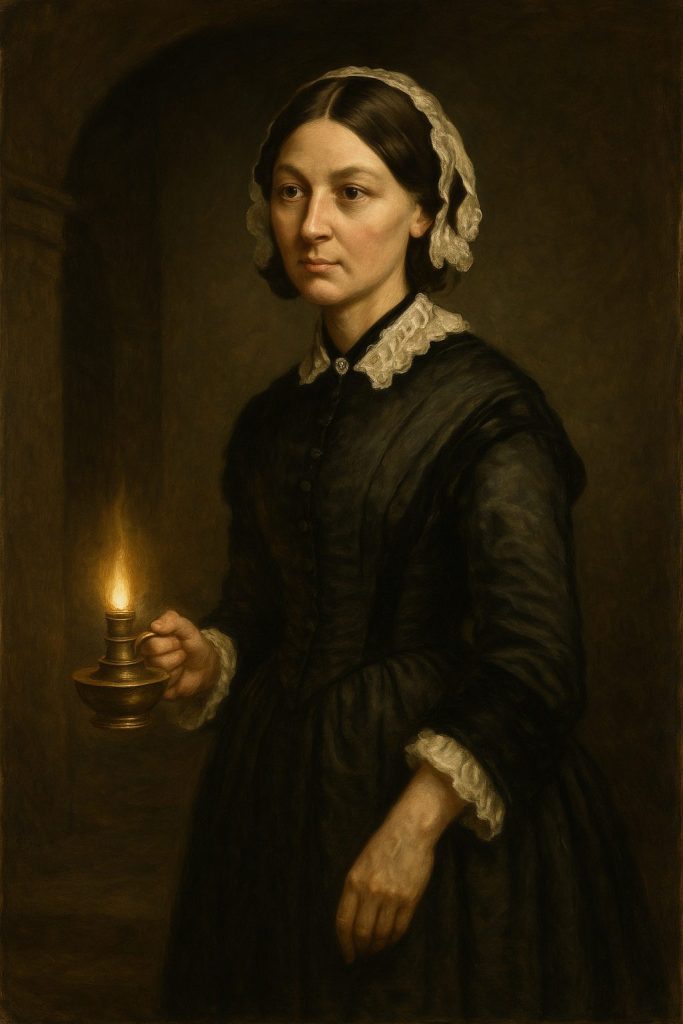Maria Giulia Marini
“Patients often suffer from things quite different from what is stated on their medical records. If thought were given to this, much of their suffering could be alleviated.”
— Florence Nightingale

Diseases are written in medical records, not people’s lives. It is a distinction that has profound consequences. When we only look at the diagnosis, or the name of a condition, or the results of tests, we risk losing everything that cannot be translated into data: personal history, social context, emotions, desires, values. If the medical record rests on a biomedical framework, collecting narratives means understanding the person’s body, mind and experience.
Narrative medicine, even if it bears a name that refers to doctors, concerns all care professionals. In a special way it involves the nursing profession, which works in the continuity of the relationship with the patient, going through times and phases of the clinical pathway that are often invisible, but crucial. It is not a question of generic proximity, but of an operational presence: nurses and nurses spend more time with patients than doctors because of the organisational structure of their work. In that time, if managed with professional awareness, a space of safety can be created. It is there that patients talk, ask questions, tell their stories, express themselves and lighten up.
The quality of care starts here. Not only from the correctness of clinical data, but from the ability to listen. And active listening is not improvisation: it is a skill born of empathy, a technique to be learned, trained and integrated into professional practice.
In the present, the nursing profession faces increasing pressures, high workloads, often rigid organisational conditions and, in some cases, even physical and verbal violence from patients or colleagues. Despite everything, it continues to play a central role in the quality of care, precisely because it manages to combine clinical expertise and interpersonal skills. The nursing profession does not merely ‘stand by’: it supports, observes, understands, restoring to the practice of care a double dimension, both technical and relational.
All this is not new. Florence Nightingale was already doing this in the Crimean War, between 1853 and 1856. In military wards, where everything was lacking – bandages, medicines, food, bedclothes – she organised, intervened, and listened. At night she would walk through the beds with a lantern, to give confidence and understanding. Thus was born the figure of the ‘lady of the lamp’: a name that does justice to the precision of her thinking, the concreteness of her actions, the lucidity with which she was able to connect care, organisation and relationship. She brings light.
She was a professional who observed and decided, who collected stories, data and signs. Who treated doctors as equals, not to assert herself, but to improve the system. Her work lay in that ability to hold the technical and relational dimensions together, without ever separating them. She reorganised Victorian hospitals in London, cleaned them up, placed beds by the windows, looked after people’s nutrition and hygiene.
Today, returning to Nightingale means remembering that care does not end in protocols, nor in individual goodwill. It means recognising that listening is a professional act, and that in the nursing profession this competence has deep roots. The need to be listened to has not changed. Let us give due space to clear listening, like the white sheets and bandages that Florence wanted perfectly white.
